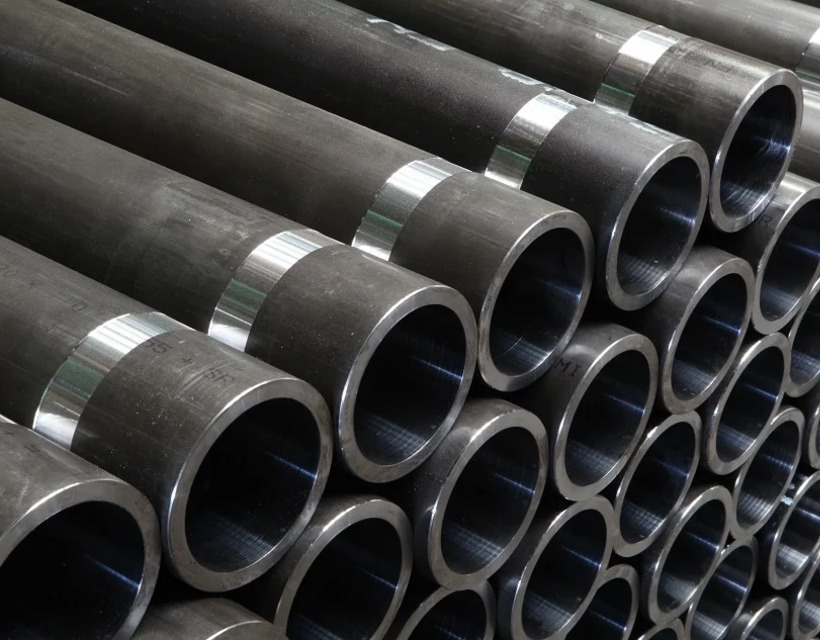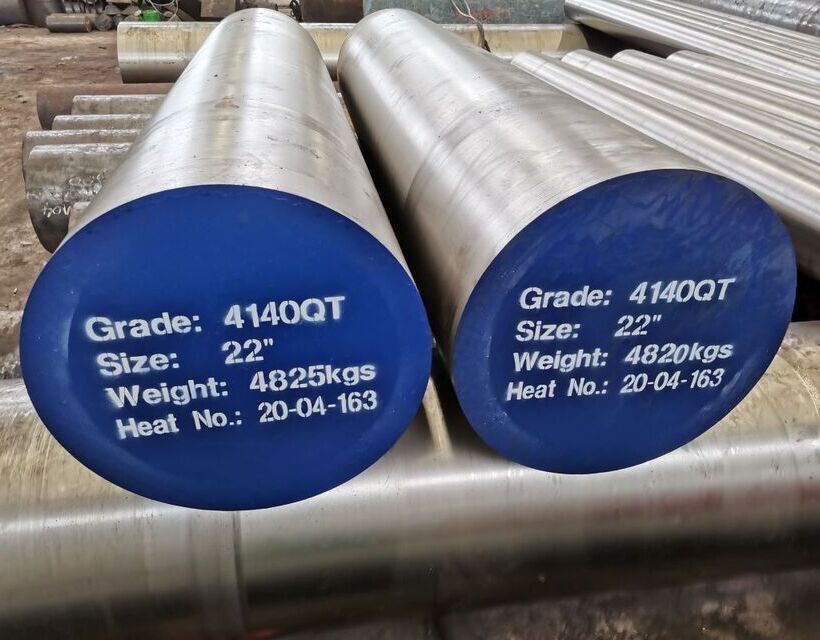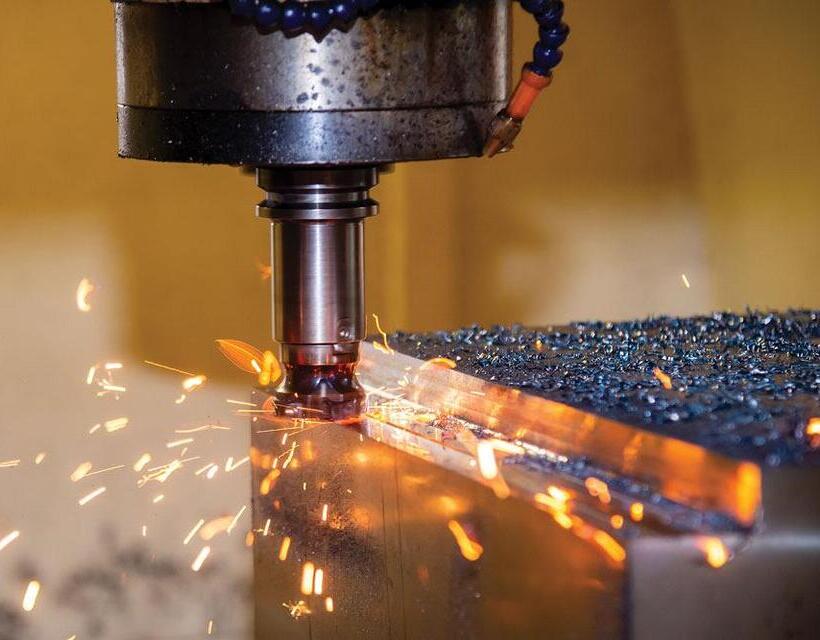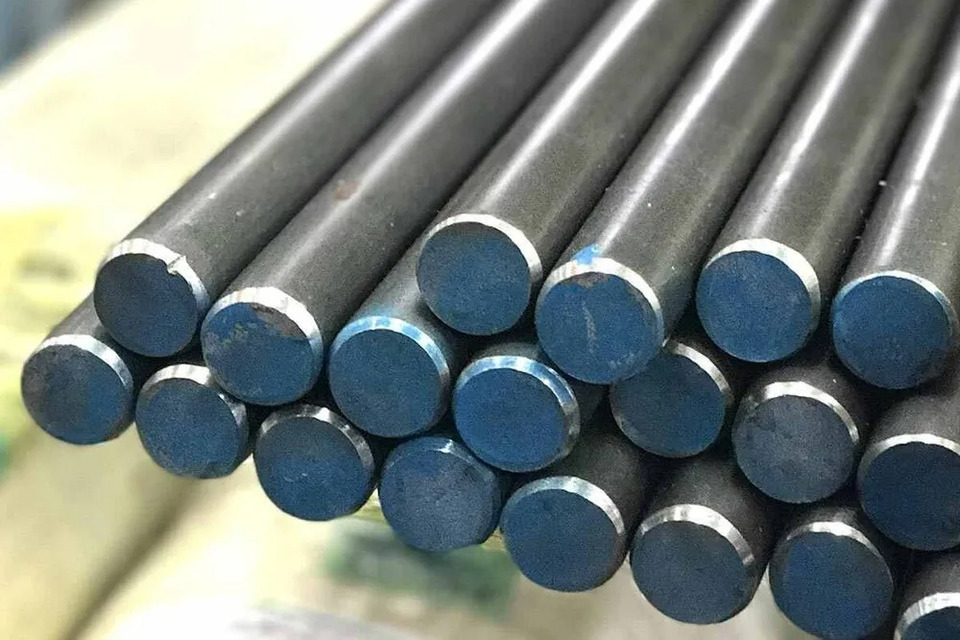We've all heard of the age-old adage, 'If you want something done right, you have to do it yourself.' When it comes to selecting the right grade of steel for your project, this rings especially true.
Whether you're looking for 1018 steel or 4140 steel, we've got you covered. In this article, we'll compare and contrast the two, and discuss the key points to consider when choosing between the two for your project.
We'll also provide some tips for choosing the right grade of steel for your specific needs. So read on, and find out how to pick the best steel for your project.
Overview of 1018 Steel

When it comes to 1018 steel, it's a strong and dependable metal that can help you get the job done. It's also relatively easy to work with and is often used in forging processes.
1018 steel can be heat treated to increase its strength and hardness, making it a very versatile metal. It's also known for its machinability and is the most commonly used grade of carbon steel.
All of these characteristics make it a popular choice for a variety of projects. However, it's important to consider the other grades of steel when choosing the right material for your project.
4140 steel is also a popular choice and has its own set of advantages and disadvantages.
Overview of 4140 Steel

You need to know what 4140 steel is all about to decide which grade works best for you. It's like choosing between two flavors of ice cream - the right one will add the perfect sweetness to your project.
4140 steel is a chromium-molybdenum alloy steel that is known for its strength and hardness, making it an ideal material for a variety of applications. It is often used in the construction of parts such as gears, shafts, and fasteners.
It has some alloying elements that affect the hardening process and can be heat treated for additional strength, making it even more durable. These elements include chromium for increased strength and corrosion resistance, molybdenum for increased strength and toughness, nickel, manganese, and copper for additional strength, vanadium for improved wear resistance, and carbon for additional hardness.
Understanding the properties of 4140 steel is an important step in deciding which grade best fits your needs. The next step is to consider the key points to consider when choosing between the two.
Key Points to Consider When Choosing Between the Two
When choosing between two grades of 4140 steel, there are a few key points to consider.
Cost, strength, corrosion resistance, and machinability are all important factors to consider.
All these factors will affect the quality of the final product, and can be the difference between success and failure.
Understanding these factors and their importance is an essential step in making the right decision.
Cost
Cost is often a make-or-break factor, so make sure you weigh your options carefully!
4140 steel is usually more expensive than other steel grades due to its welding and fabrication cost. It can also be more difficult to work with due to its higher strength.
On the other hand, if you don't plan to weld or fabricate the steel, the extra cost might not be worth it. Consider how the steel is going to be used and if the cost of 4140 is justified in the long run.
Strength is another factor to consider when deciding between the two grades.
Strength
If you're looking for a steel that offers superior strength and durability, 4140 steel is the way to go. It offers a higher strength than other steel grades and is a great choice for any application that needs an extra boost.
Hardness comparison tests have shown that 4140 steel is capable of withstanding much more force than many other steel grades. This makes it a great choice for applications that require strength testing. Additionally, 4140 steel has been tested for its strength at various temperatures and has performed well in those tests. This makes it suitable for use in a variety of different environments.
However, this strength comes at a cost, and 4140 steel is more expensive than other grades. Moving on, 4140 steel's corrosion resistance is another factor to consider when choosing between two steel grades.
Corrosion Resistance
We've already discussed the superior strength of 4140 steel over 1018 steel. Another important factor to consider is its superior corrosion resistance.
4140 steel's corrosion resistance makes it an ideal choice for projects that require reliable protection against rust and other forms of corrosion. Rust prevention can be achieved through a variety of galvanization techniques, making it a safe choice in many environments.
In addition to its rust protection, 4140 steel is also highly resistant to other forms of corrosion. This makes it a great choice for long-term projects that require reliable rust prevention and protection against other forms of corrosion.
As we move on to discuss 4140 steel's machinability, it's clear that it's an excellent choice for projects that require strength, reliability, and corrosion resistance.
Machinability

Moving on to another very important aspect of choosing between two grades of steel, such as 4140 and other types, we come to machinability. This is important to take into consideration because it affects the overall cost, time, and effort required for the machining process.
In order to properly evaluate which grade of steel is better for machining, we must consider several factors, including:
- Hardness Comparison: Comparing the two grades of steel for how hard they are is essential to determine the difficulty of machining them.
- Alloy Comparison: Examining the alloys used in each grade of steel is important in determining how well they take to machining.
- Temperature Tolerance: The temperature tolerance of each grade of steel is important to consider when evaluating machinability.
- Chemical Composition: The chemical makeup of each grade of steel is important in judging how well they will respond to machining.
These factors will help determine which grade of steel is best for machining, and thus which grade of steel is best for the project. With that in mind, let's look at some tips for choosing the right grade of steel.
Tips for Choosing the Right Grade of Steel
Not sure which grade is right for you? Keep reading to find out the key tips for making the perfect selection!
When choosing between 4140 steel and another grade, it's important to consider factors like the hardening process, heat treatment, and intended use of the steel. The hardening process involves quenching the steel in a liquid, such as oil or water. This increases the hardness of the steel, making it more difficult to machine.
Heat treatment involves heating the steel to a certain temperature, then rapidly cooling it. This can change the steel's properties, making it harder or softer, and can improve the machinability of the steel.
Finally, consider the intended use for the steel. 4140 steel is often used for applications such as gears, axles, shafts, and fasteners, while other grades may be better suited for other uses. Knowing what your application requires can help you make the right choice.
With these tips in mind, you can make an informed decision on the right grade of steel for your needs.
Conclusion
By taking into account the hardening process, heat treatment, and intended use of the steel, you can make an informed decision on the best grade of steel for your project.
4140 and 4140 steel are both high-quality grades that offer cost effectiveness, durability, and maintenance requirements. While 4140 steel may be the more cost-effective option, 4140 steel offers greater strength and heat resistance which may be necessary for some applications.
Ultimately, it's up to you to decide which grade of steel is the best fit for your project. Consider the cost effectiveness, maintenance requirements, and the intended use of the steel to make an informed decision on which grade to use.
